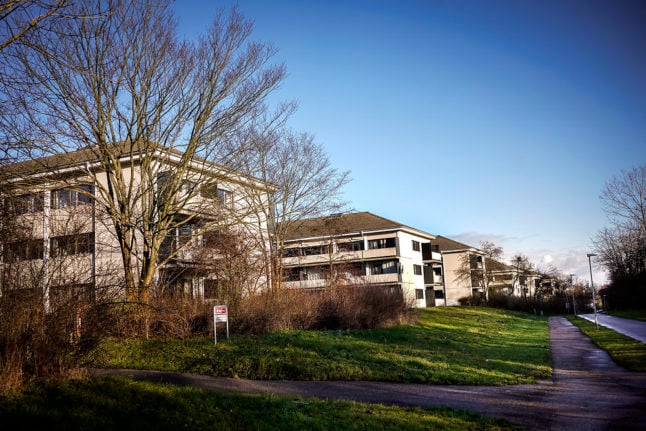Several hundred homes looked set for demolition under the plan, which was presented by the government earlier this year.
Newspaper Kristeligt Dagblad reported on Sunday that the plan will force housing associations to tear down homes which have in recent years been renovated at the cost of millions of kroner.
A new agreement between the political parties behind the deal, dubbed the ‘Ghetto Plan’ by MPs and media in Denmark, could save some blocks otherwise subject to demolition, however.
The new agreement means that housing association sections of under 2,100 residents with crime levels under a set limit can be given dispensation from a requirement for a maximum of 40 percent of homes within the housing association section to be designated for social housing (almene familieboliger in Danish).
Municipalities or housing associations are faced with the necessity of demolishing housing of this type and rehousing residents if it is not economically viable to convert into other housing forms to meet requirements over composition.
But social housing in six areas encompassed by a revision to the ‘ghetto plan’ may be allowed to continue in their current structure, according to the revision.
The extent of dispensation is at the discretion of housing minister Ole Birk Olesen.
Merete Dea Larsen, housing spokesperson with the Danish People’s Party, which supported the original plan, said she stood by its intentions despite the complications related to its implementation.
“We are not avoiding dealing with this, because there are challenges in relation to crime and unemployment in the hard ghettos,” Larsen said.
“But we are introducing an extra dispensation option that attempts to take into account that some areas may be functioning well,” she continued.
Relatively high crime rates in areas covered by the plan would nevertheless result in authorities being unlikely “to avoid pulling housing down,” the spokesperson added.
Crime rates are in fact falling in the areas encompassed by the plan and were doing so prior to the announcement of the government programme, according to a report by newspaper Berlingske earlier this year.
READ ALSO: Crime rates falling in Denmark’s underprivileged areas
Social Democrat spokesperson for housing Kaare Dybvad said that the amendment prevents functional areas from being unintentionally affected by the ‘ghetto plan’.
“I can’t promise that housing won’t be demolished in these areas, because the municipality and housing association must make the final decision on this,” Dybvad, whose party also voted for the plan, said.
“But it is quite clear that there is an option to avoid (demolition) if that is desired,” he said.
A number of housing areas have already put together a plan for how to implement the programme, reducing the number of demolitions in these areas, he said.
READ ALSO: Denmark's 'ghetto plan' unlikely to solve problems faced by underprivileged areas: residents



 Please whitelist us to continue reading.
Please whitelist us to continue reading.